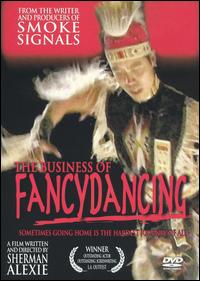While reading The World Turned Upside Down I read a section and it had to do with John Smith. Naturally, while reading I started to doze off and think back to watching Pocahontas and remembering her relationship with John Smith. While going off on this tangent in my head I began to wonder how historically accurate can this Disney movie truely be? So, I decided to use the wonderful world of Google to do some research.
Matoaka, or more known as Pocahontas, was the daughter of Powhatan, the ruler of the land called Virginia. To change history into a kid's cartoon is a hard thing to master and along the way some things must be sacrificed. Disney had to eliminate all of the "bad" things that John Smith did in order to more concisely state the love story that occured between Pocahontas and John Smith. In the Disney cartoon John Smith and Pocahontas met in the woods and immeadiately fell in love. In reality, they met when Pocahontas rescued him from his execution. The movie also showed that John Smith was captured one night when he went to sneak out to see Pocahontas. The true story is that he was captured when him and his Indian guide split up during one of their expeditions. Then the Powhatan adopted him as their son where he was widely accepted in the tribe. In reality John Smith went back home to England so she got engaged to Kocoum and she actually married John Rolfe instead.
Although Disney created a great love story, the story was fairly accurate. It had most of the love between John Smith and Pocahontas accurately represented but, unfortunately you could not use the movie for educational purposes. I would of loved to watch this movie for funsies :)



